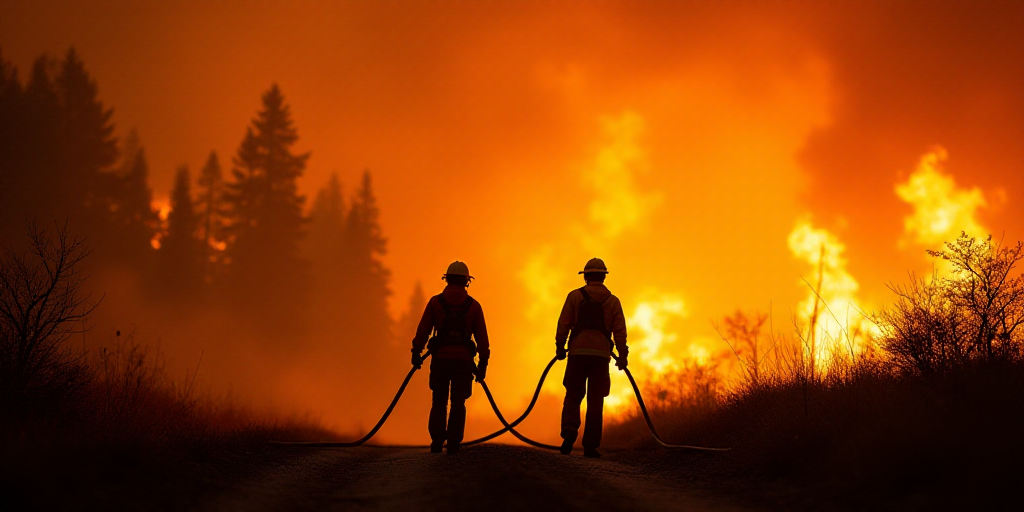Introduction
This year, the European Union has experienced an unprecedented surge in wildfires, with over 1.28 million hectares scorched by the flames until mid-August. This area is larger than that of Cyprus and surpasses any previous record since official records began in 2006, according to data from the European Forest Fire Information System (EFFIS) analyzed by Reuters.
Historical Context and Impact
The previous record was set in 2017, when approximately 998,000 hectares were burned. Spain and Portugal have been the hardest hit, accounting for roughly two-thirds of the total area affected in the EU. The EFFIS data reveals a significant increase in fires between August 5 and 19, coinciding with a 16-day heatwave in the Iberian Peninsula.
The intense heat wave has since subsided, but it fueled fires that claimed at least eight lives and forced the closure of railway and road services in both countries. As of Tuesday, ten fires continued to rage in Spain’s Castilla y León region, leading to the evacuation of around 700 people. Fires also persisted in Galicia and Asturias.
In Portugal, cooler temperatures provided some relief, with a fire in Piódão finally being extinguished after 12 days. With over 60,000 hectares burned, Piódão is the largest fire recorded in the country.
Climate Change and Prevention Measures
The role of climate change in exacerbating wildfires, heatwaves, and droughts cannot be overstated. Although preventive measures—such as clearing dry vegetation—have helped limit the spread of fires, their frequency and severity continue to rise.
This year alone, EU wildfires have released 38 million tonnes of carbon dioxide, according to EFFIS. This figure surpasses any previous yearly total during the same period, placing 2025 on track to exceed the annual record of 41 million tonnes.
Key Questions and Answers
- What is the extent of the wildfire damage in the European Union this year? Over 1.28 million hectares have been affected, surpassing the previous record set in 2017.
- Which countries have been most affected by these wildfires? Spain and Portugal have experienced the majority of damage, accounting for about two-thirds of the total area burned.
- What role has climate change played in these wildfires? Climate change has intensified and increased the frequency of wildfires, heatwaves, and droughts across Europe.
- What preventive measures have been implemented to combat wildfires? Measures such as clearing dry vegetation have helped limit the spread of fires, though their overall frequency and severity continue to rise.
- How have these wildfires impacted the environment and carbon emissions? The wildfires have released 38 million tonnes of carbon dioxide this year, surpassing any previous annual total during the same period.






